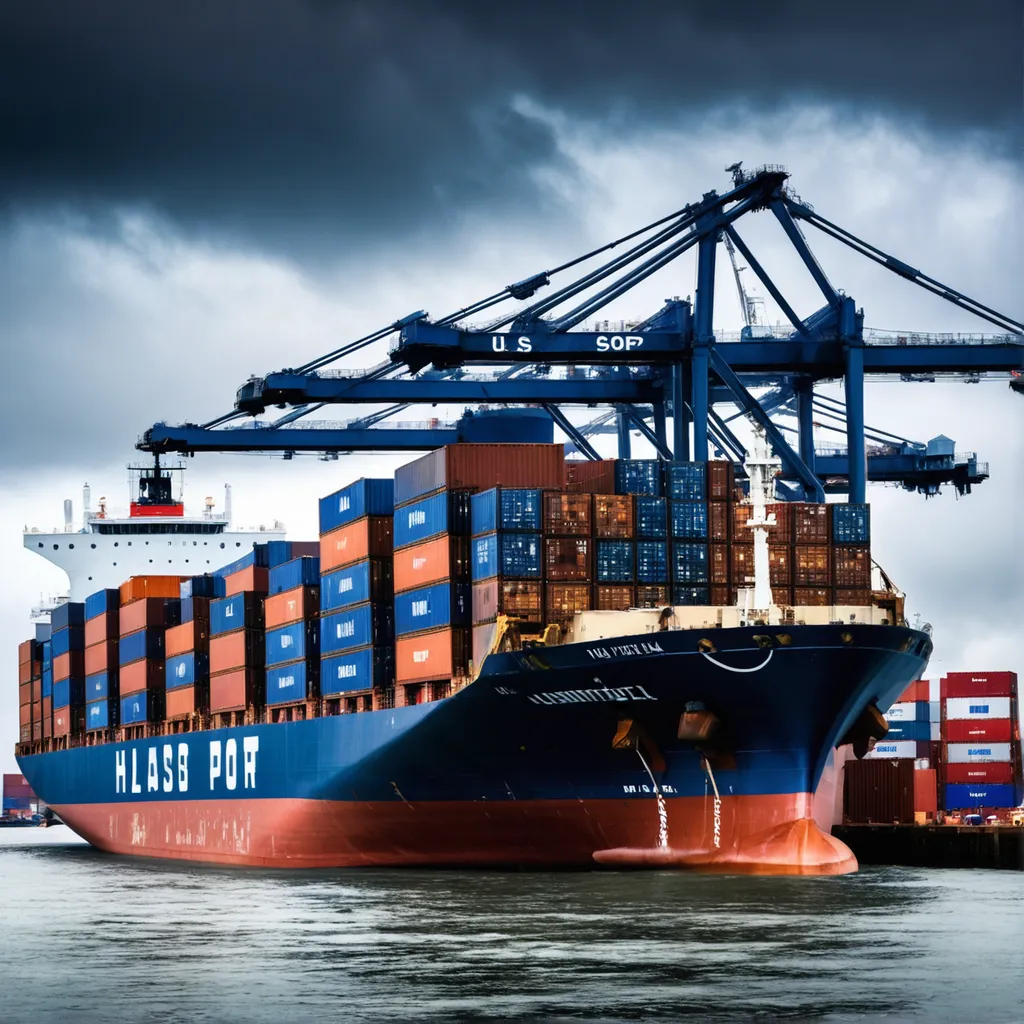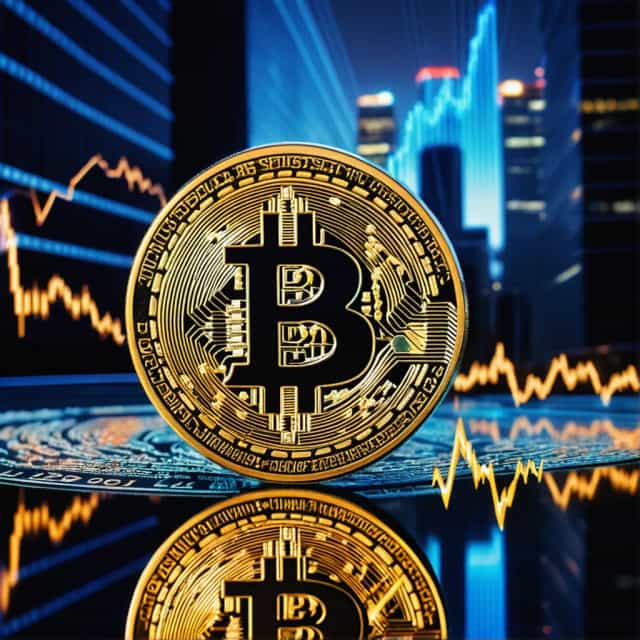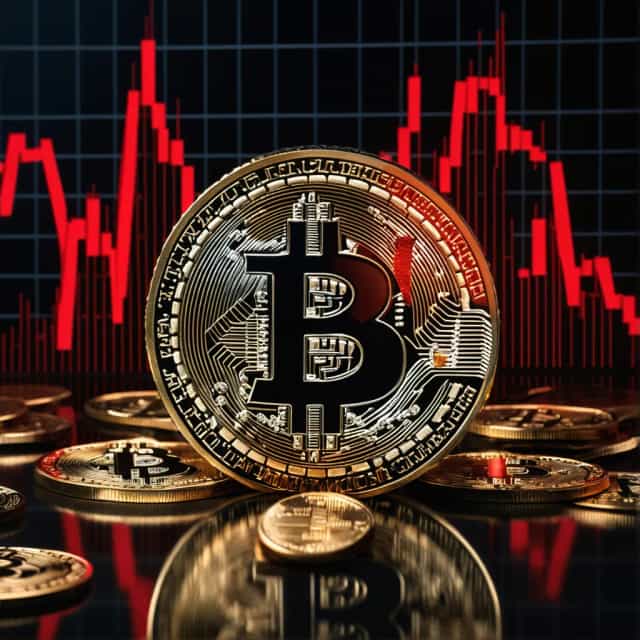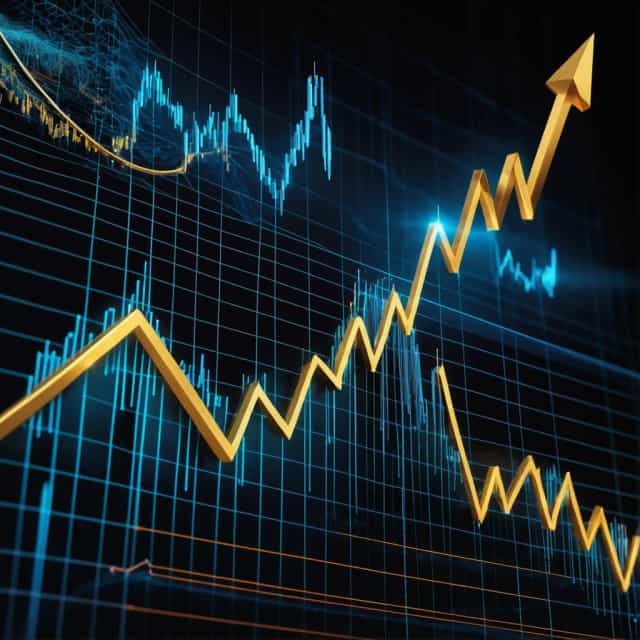U.S. Tariffs Surge to 10%, Threatening 50% Hikes in August
Why could Trump's tariffs lead to a consumer price hike?
How might the tariffs affect product prices in August?
Who will bear the biggest impact of these tariffs?

- U.S. to enforce 10% baseline tariff on all imports from August 1.
- Potential for 50% tariff hikes raises concerns about inflation.
On July 25, 2025, CBS News reported that President Trump’s administration announced a new trade policy. The policy enforces a baseline tariff of 10% on all imports. Tariffs could rise as high as 50% if counterpart nations fail to meet U.S. demands for market access by set deadlines. The policy takes effect on August 1 and aims to incentivize foreign countries, including China, to open their markets to American goods. China faces an August 15 deadline to secure a bilateral agreement to avoid these elevated tariff rates.
The tariff decision has prompted significant concern from businesses about rising production costs and potential price increases for consumers. For example, Nestlé is weighing price hikes for its products, while Italian luxury apparel brand Prada has already raised prices to offset tariff-driven cost pressures. In addition, General Electric estimates the tariffs will impact its profits by approximately $1 billion in 2025. The company plans to mitigate these losses through cost controls and adjusted pricing strategies.
Economic experts predict the tariffs will cause further inflationary effects later in the year. Paul Ashworth, chief North America economist at Capital Economics, explained that direct consumer price increases have been limited so far. However, he expects the impact to grow in the second half of 2025. According to research from the Peterson Institute for International Economics, a combined 3% increase in overall consumer prices is anticipated over the next two years. The research also projects significant spikes in specific categories, such as a 25% rise for washing machines and a 10% rise for steel and aluminum products.
The White House asserts that foreign exporters will absorb the financial burden of these tariffs. White House spokesman Karoline Leavitt told CBS MoneyWatch the administration expects exporters who rely heavily on the U.S. market to shoulder these costs rather than passing them on to American consumers.
In advance of the August 1 deadline, the U.S. finalized several trade deals with Japan, South Korea, and Vietnam. Under its agreement with Japan, the U.S. reduced its tariff on Japanese imports, including automobiles, from 25% to 10%. In return, Japan committed to investing $500 billion in the U.S. and will expand market access for American exports. The deals with South Korea and Vietnam set tariffs at 12% and 15% on goods from those countries.
Meanwhile, in cryptocurrency markets, data from CoinGecko on July 25 at 12:00 UTC showed Bitcoin (BTC) trading at $34,152, with its 24-hour trading volume down 2.5%. Ethereum (ETH) was priced at $1,986, with its 24-hour volume up 1.8%, and Ripple (XRP) was trading at $0.72, reflecting a 1.1% 24-hour volume increase.
Get real-time crypto breaking news on Unblock Media Telegram! (Click)
Recommended News
Bitcoin Hits $90K as Fed Signals Rate Cuts, Market Rebounds

Bitcoin Slips Below $90K as U.S. Jobs Data Sends Mixed Signals

Bitcoin Slides Below $88K as Traders Brace for Fed Cut

Broadcom’s 180% Rally Faces AI-Earnings Test

Bolivia Integrates Crypto Amid 22% Inflation, Signals Market Shift






